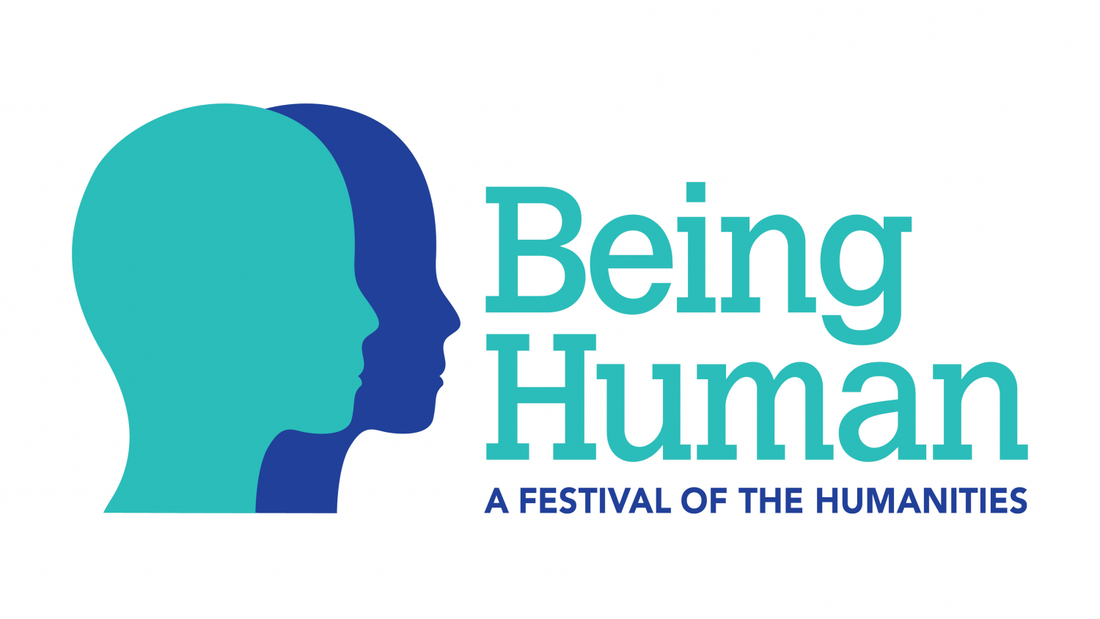ISABELLA FYVIE MAYO (1843-1914)
Isabella Fyvie Mayo’s influence was first felt across Scotland, especially in the North-East, when she contributed poetry and stories under the pseudonym “Edward Garrett” to the Sunday periodicals, in the decade after 1867. William Robertson Nicoll, who grew up in a Free Church Aberdeenshire manse, considered that above all else it was the periodicals Good Words and The Sunday Magazine which had broken down the rigid Sabbatarianism of Scottish Nonconformists, and some thirty years later he could still remember his ‘thrill of delight’ in reading Isabella Fyvie’s early stories in The Sunday Magazine. Her serializations not only softened the strict prohibition against any form of fiction reading on a Sunday, but they combined her own deep religiosity and comprehensive Bible knowledge with her ecumenical and broad social interpretation of Christianity as an inclusive and loving faith. When Mayo settled in Aberdeen in 1878, she continued to promote her beliefs, later strengthened by Leo Tolstoy’s more controversial religious and political philosophy, in pursuance of her evangelical belief in the brotherhood of man, ‘below and above all details of creed, civilization, and colour’. She combined practical support with her writing. She took in lodgers from Ceylon (Sri Lanka) and in 1882 she published a serialization in the Girl’s Own Paper based on students at (the unnamed) Aberdeen University, which suggested some of the racial insults that foreign students, especially those of mixed-race ethnicity experienced, while her wide-ranging practical support for students from Southern Asia in Scotland resulted in her election as a corresponding member of the National Indian Association. In 1893 she was co-author, with Catherine Impey, an English Quaker, of one of the first analyses made by white women of the racist nature of the lynching attacks in the Southern States of the USA and together they co-founded the Society for the (International) Recognition of the Brotherhood of Man (1893-97), launched at a public meeting in Aberdeen, to campaign against imperialist aggression, racism and religious intolerance. In support of these and other contentious causes, such as anti-militarism, anti-vivisection and vegetarianism, Isabella addressed members of the Pleasant Sunday Afternoon movement, the Labour Church, teachers in the city-wide Aberdeen Sabbath School Union, YWCA groups and church literary societies, socialist societies and trade unions, speaking in locations such as Elgin, Tarves and Huntly as well as Aberdeen, Dundee, Edinburgh and occasionally in England. She was usually the only female speaker present. In 1897 she was elected an honorary (non-African heritage) member of the African Association, an organisation which went on to hold the first Pan-African Conference in London in 1900. Alongside individuals such as Cronwright-Schreiner and Keir Hardie she spoke against the South African (Boer) War at meetings in Aberdeen and Edinburgh, and had her windows broken in retaliation. She noted that monuments had become fashionable, erected to ‘Scotsmen who have taken prominent part in spreading English dominancy over the world’ and suggested Aberdeen should erect one instead to its pioneering anti-slavery campaigner, James Ramsay. When a monument was proposed at Fochabers in memory of Allan Wilson’s Shangani Patrol in Matabeleland (Zimbabwe), Isabella hoped that the inscription would record that the men had died through the treachery of two scoundrels of their own race. (The monument was built, but no such inscription was added.) She opposed anti-immigration sentiments in Britain, criticised the racism evident in all three British political parties before the First World War and the racism of the Churches. She wrote and spoke of examples of racial discrimination and injustice in the British Empire, including the extermination of indigenous peoples in Tasmania and Newfoundland, the institutionalised discrimination of the Indian legal system and discrimination against Africans and British Indians in South Africa. She was the only person “officially” permitted to add a commentary to some of Leo Tolstoy’s political articles during his lifetime, interpreting his views from a British perspective, and applying them to the British Empire. She was introduced by Tolstoy’s confidante, Vladimir Chertkov, to Mahatma Gandhi, with whom she corresponded regularly from 1910. She publicized Gandhi’s passive-resistance campaign against colonial racism in South Africa, and his seminal work, Hind Swaraj, in which he criticized Western civilization and promoted home rule for India (published in 1910 it was immediately banned by the Indian Government). Asians, African-Americans, future Pan-Africanists, West Indians, Vladimir Chertkov and Hermann Kallenbach (an Austrian Jewish friend of Mahatma Gandhi), were amongst those who visited her in Aberdeen and on her death, Gandhi wrote a short commemoration.



